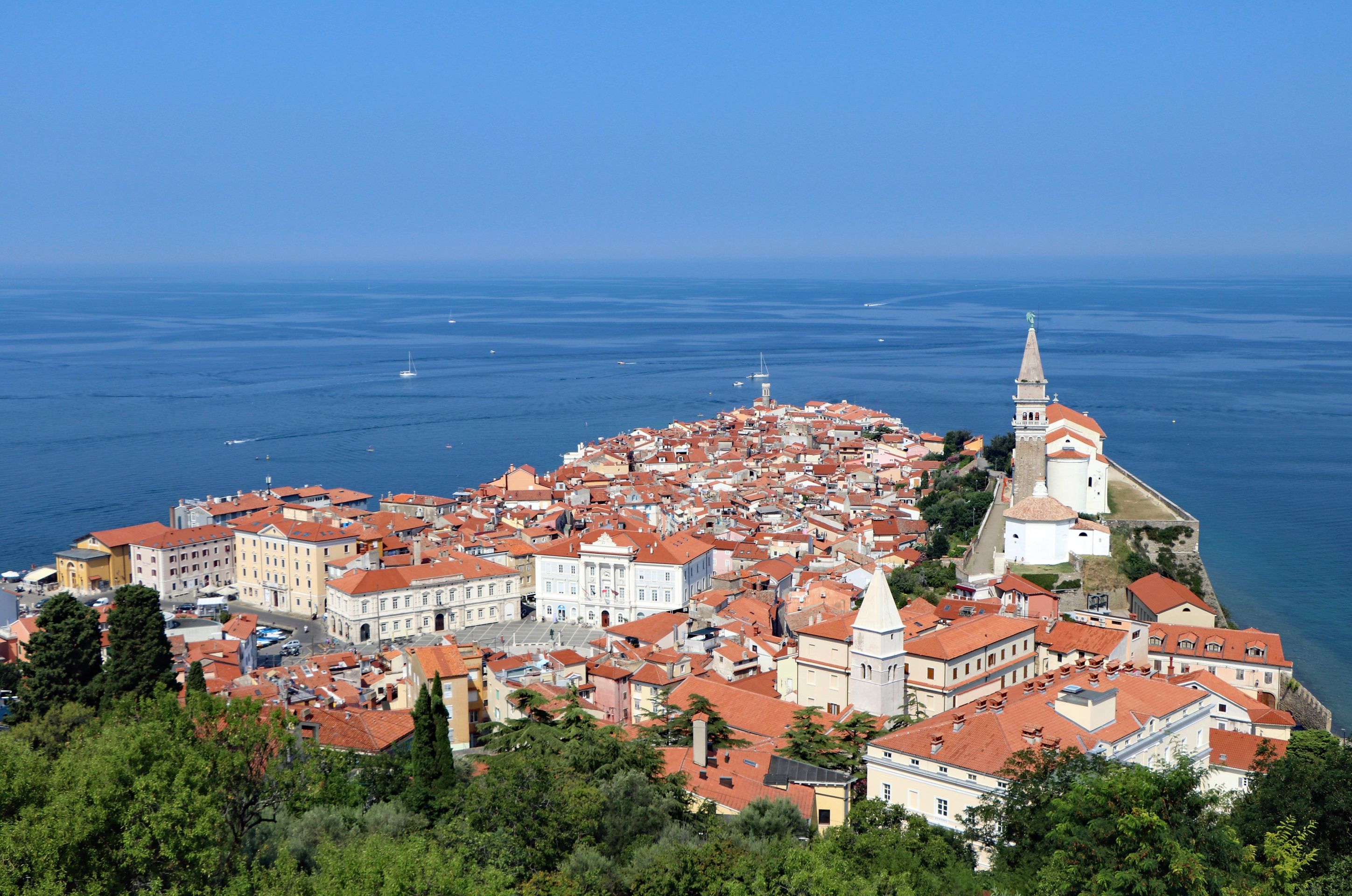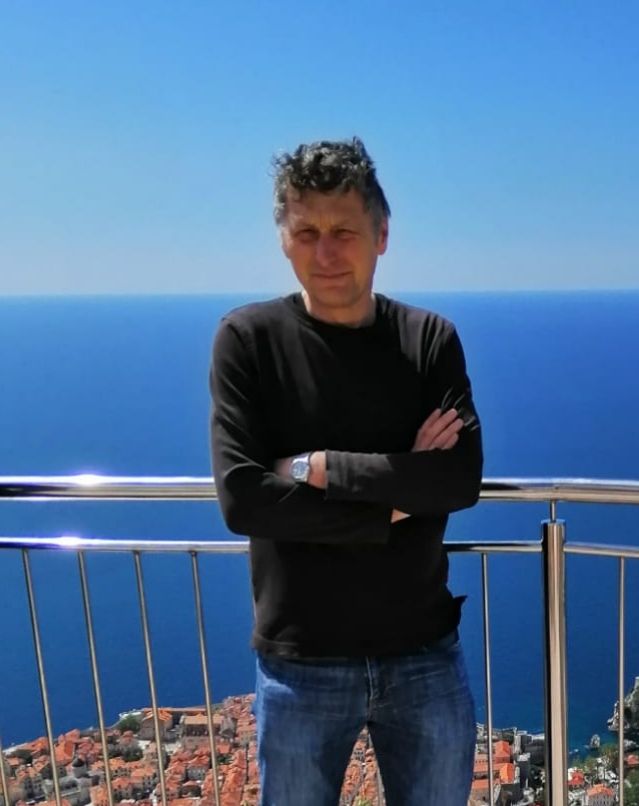SLOVENIA (2/10) - Along the Parenzana Railway Cycle Path
Nai-publish: 14.03.2021
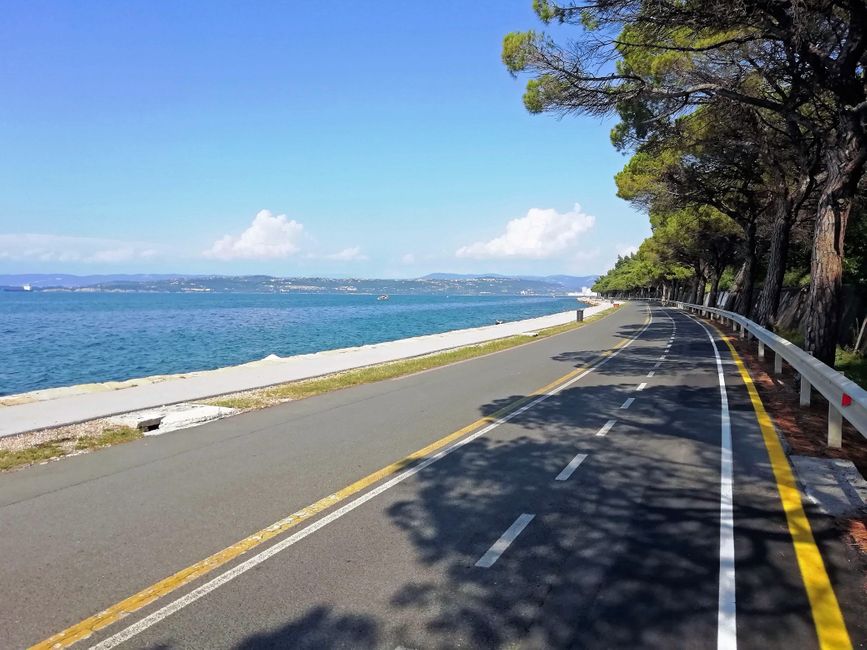
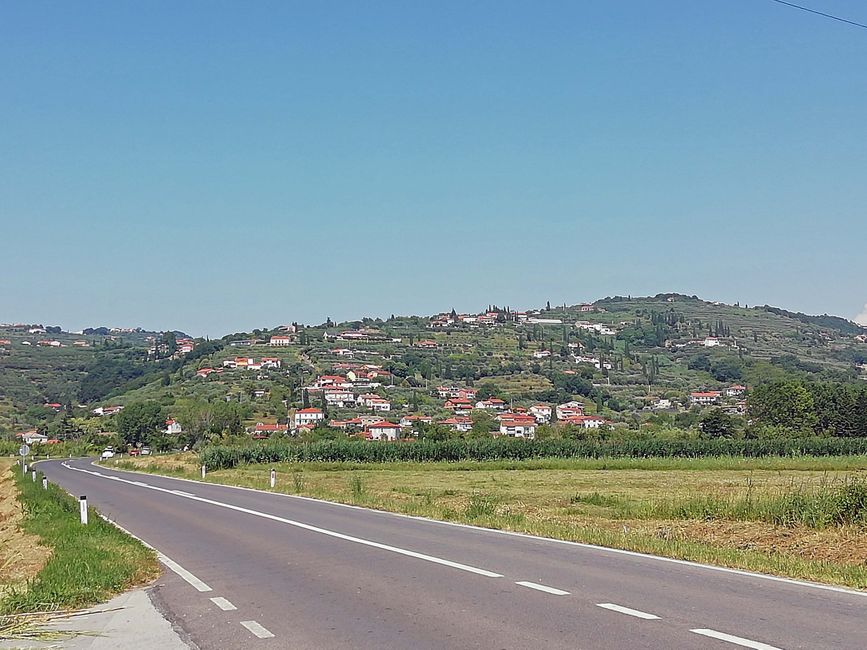
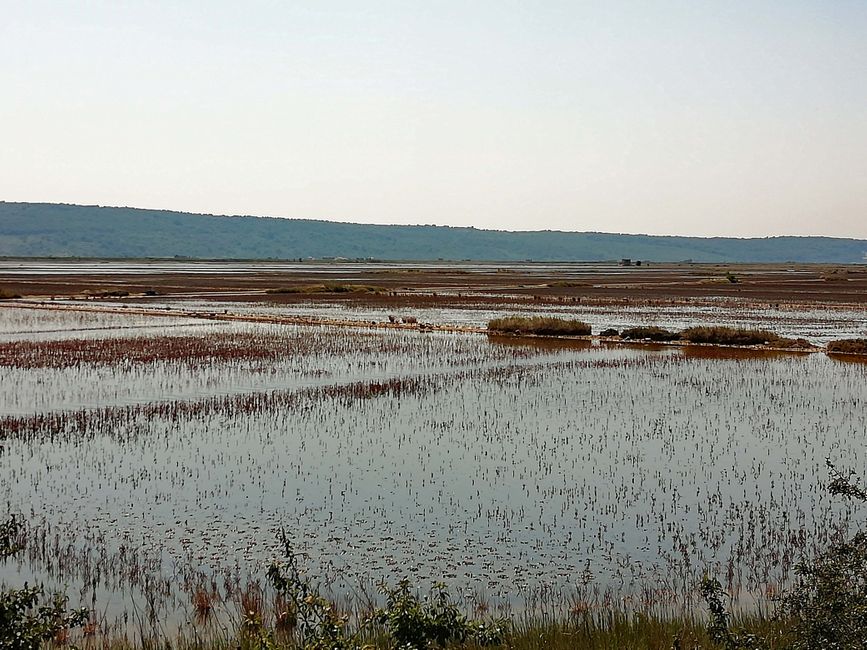
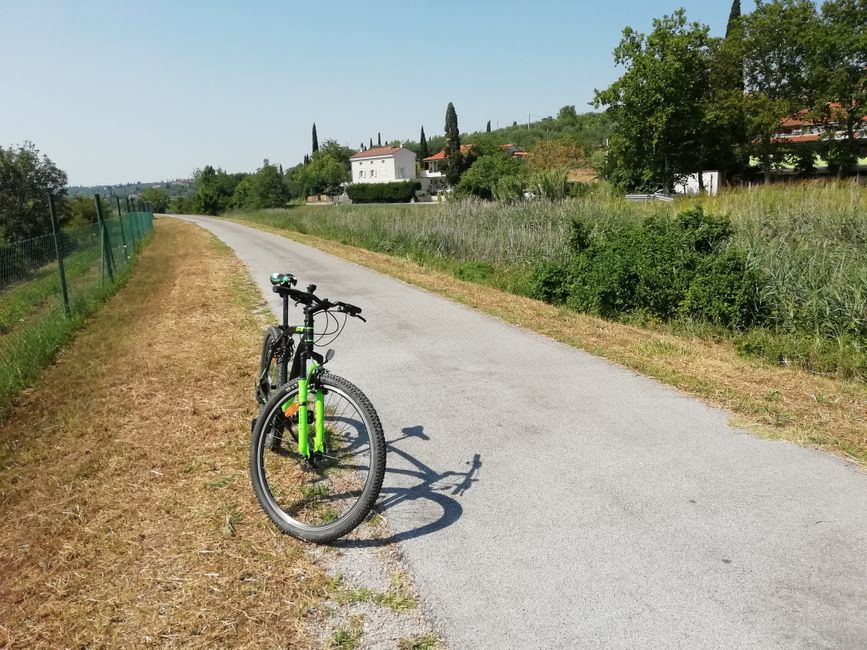
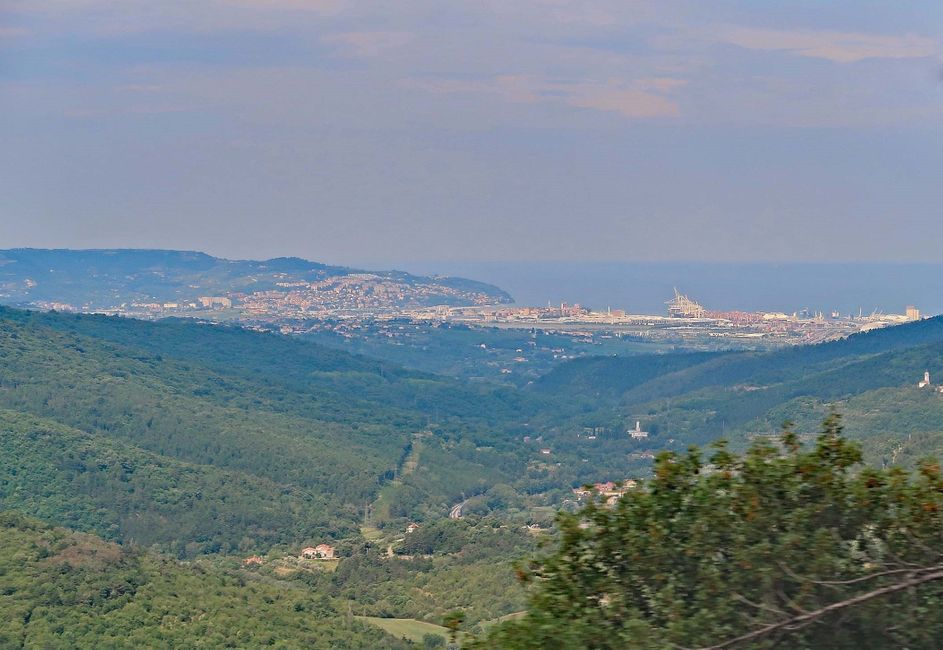
Mag-subscribe sa Newsletter
The train journey from Ljubljana to Koper on the following Wednesday was impressive. The route steadily climbs behind the capital, winding its way along bends and counter-bends, passing Postojna and heading up to the heights of the Karst region. Finally, in Divača, our train leaves the track of the historic k.u.k Südbahn leading to Trieste and descends from the over 400-meter-high Karst region to Koper at sea level in a beautifully engineered and elongated loop. The view from the higher Karst region down to Koper and the Adriatic Sea is magnificent and breathtaking. While passing through the reflective window of the modern locomotive, I took a photo that may not be of high quality, but it captures the incredibly strong impression of this truly imposing visual experience.
My train left Ljubljana at nine past nine on Wednesday, and by a quarter past twelve, I had already checked into my room in Koper. Hastily, I went to a bicycle rental shop in the small and bustling city to arrange the means of transport needed for the next activity. Until 1935, there was a narrow-gauge railway called Parenzana, dating back to the time of the Austro-Hungarian Empire, running from Trieste through Koper to the present-day town of Poreč. Today, Parenzana has been transformed into a railway cycle path. My goal was to ride along the trail to the Slovenian-Croatian border - from Koper to Izola, and further to Portorož, passing by the salt pans in Sečovlje. In 34-degree heat. Covering over 50 kilometers back and forth, with some uphill and downhill sections. Riding a bicycle that would be derogatorily called a "Gattern" in eastern Austria. A "Gattern" pronounced completely differently in the eastern Austrian dialect...
This traveler is always ready to willingly experience and absorb a multitude of travel impressions, interwoven and yet remarkably diverse, as treasures for the soul. These treasures are but small fragments within the entirety of life, shining fragments that evoke the notion of eternal fulfillment.
Mag-subscribe sa Newsletter
Sagot (1)
Ludmilla
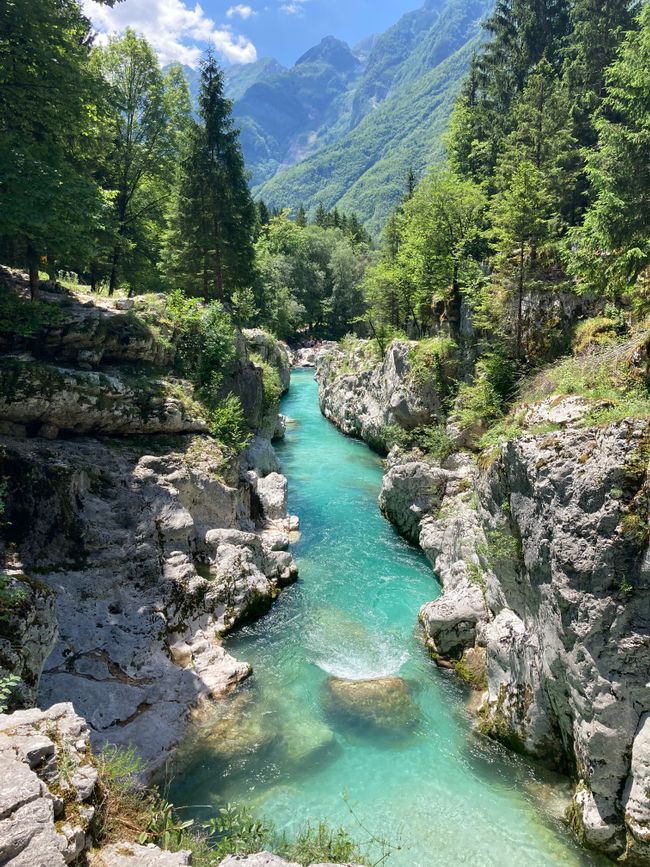
Mga ulat sa paglalakbay Slovenia
